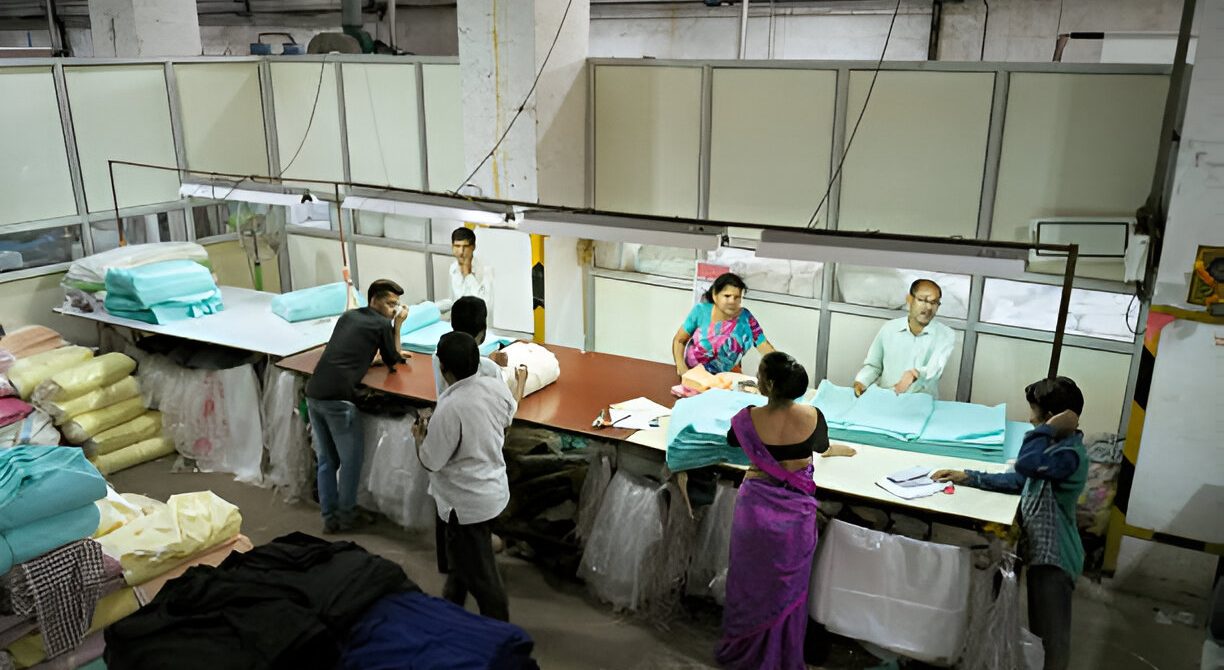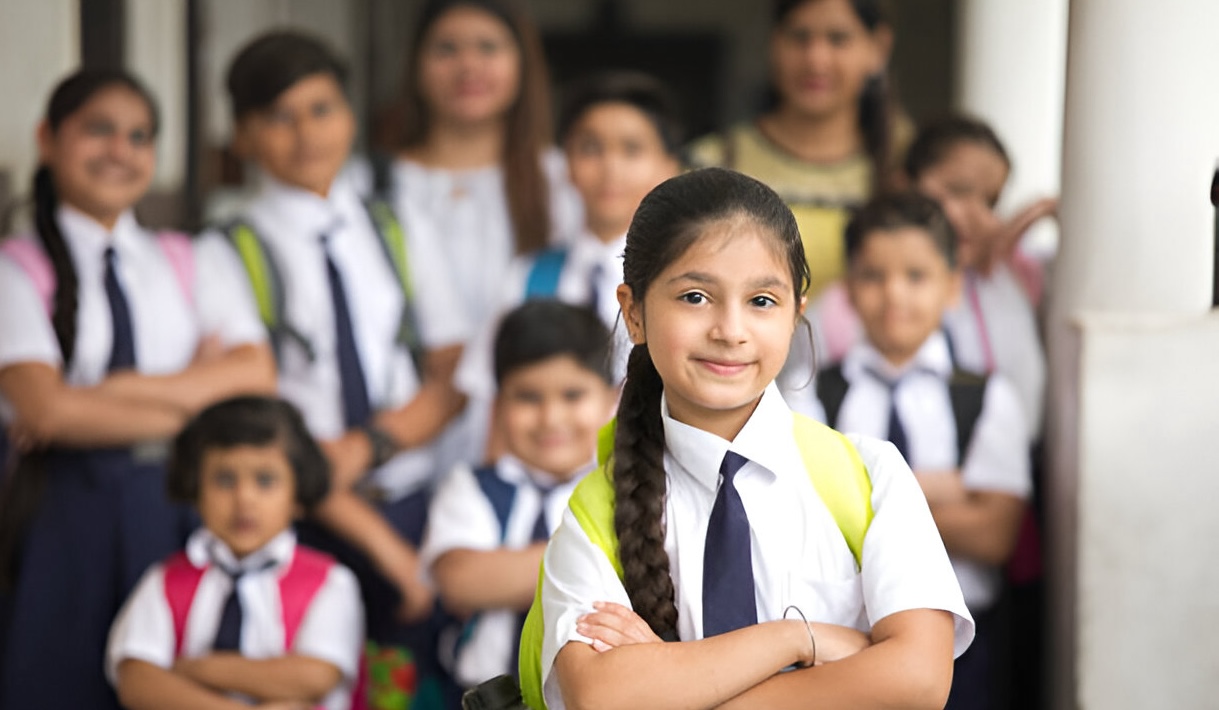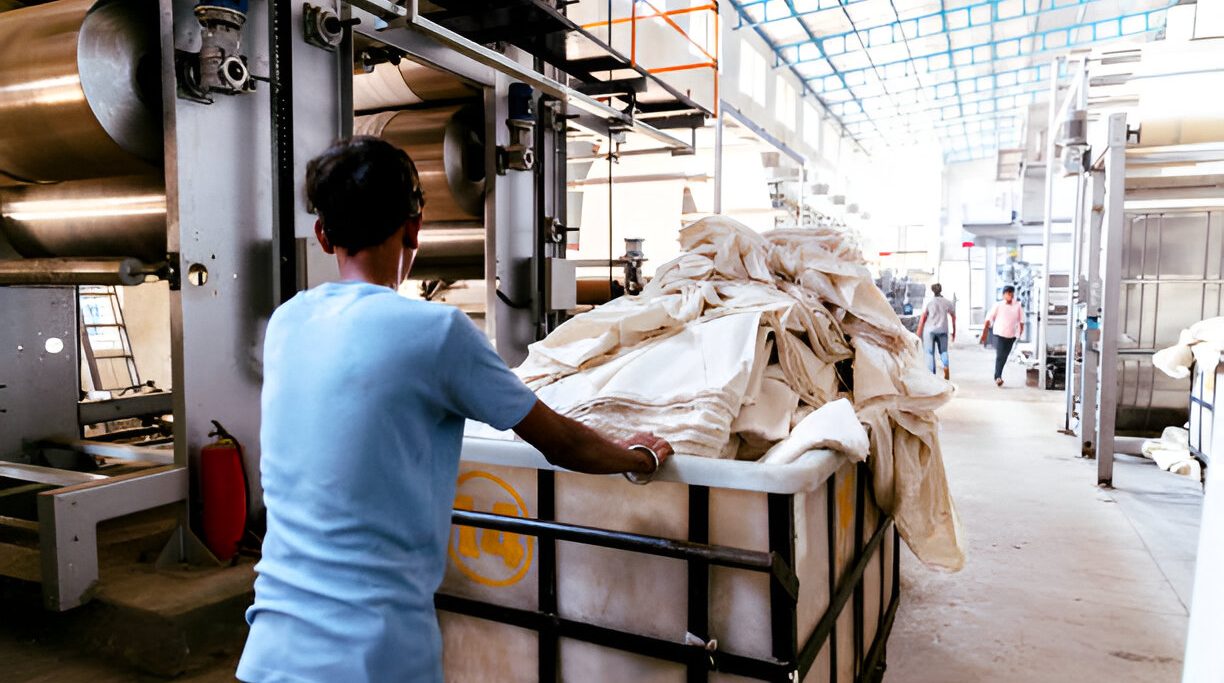Have you ever wondered why a simple kids t-shirt often goes through more rigorous testing than many adult garments? The answer lies in one word: safety. In kids clothing manufacturing, quality testing is not optional—it’s the foundation. Every tiny button, zipper, seam, and fabric swatch is scrutinized to make sure it can survive daily wear and protect the child wearing it.
This blog takes you behind the scenes of quality testing in kids clothing manufacturing—a process that blends science, safety, and strict compliance with global standards.
Why Testing in Kids Clothing Is Non-Negotiable
Children aren’t just “small adults.” They chew, tug, roll, crawl, and climb—all while wearing the same outfit. Their garments must withstand extreme activity, frequent washes, and skin sensitivity.
That’s why global regulations like the Consumer Product Safety Commission (CPSC) in the U.S. and the EU General Product Safety Directive mandate rigorous testing. For manufacturers, quality testing isn’t just about brand reputation—it’s about legal compliance and child safety.
Mechanical Testing: Built to Withstand Rough Play
In kids clothing manufacturing, mechanical safety testing is one of the first checkpoints:
-
Pull Tests: Buttons and snaps are force-tested to ensure they don’t detach and pose choking hazards.
-
Torque Tests: Zippers, snaps, and trims are twisted under controlled pressure to test durability.
-
Seam Strength: Fabrics and stitches are stress-tested to handle playground wear and tear.
-
Labels and Appliqués: Checked for durability and skin safety, ensuring nothing irritates or comes loose.
Flammability Testing: Essential for Sleepwear
Certain garments, especially children’s sleepwear, must undergo flammability tests (e.g., 16 CFR Part 1615 & 1616in the U.S.). These tests check how quickly fabrics ignite and whether they self-extinguish. Manufacturers often use flame-resistant materials or careful fabric selection to meet these standards.
Chemical Safety: Protecting Sensitive Skin
Babies and toddlers often chew sleeves, collars, or even zippers. That’s why chemical testing is vital.
-
Fabrics and dyes are screened for lead, phthalates, formaldehyde, and azo dyes.
-
Regulations like REACH (Europe) and OEKO-TEX® Standard 100 ensure garments are free of harmful substances.
-
Sweat and saliva tests confirm dyes don’t leach onto skin.
This guarantees that every piece of clothing is non-toxic and baby-safe.
Design Safety: Tiny Details, Big Responsibilities
Small design features in kidswear require extra caution:
-
Drawstrings & Cords: Restricted or banned in head and neck areas for younger children.
-
Packaging Safety: Polybags must carry suffocation warnings and ventilation holes.
-
Snap Size & Strength: Ensures snaps won’t detach and become choking hazards.
Performance Testing: Comfort Meets Durability
Quality isn’t just about safety—it’s about comfort and longevity. In kidswear manufacturing, fabrics undergo:
-
Softness & Skin Comfort Testing
-
Color Fastness (washing, rubbing, perspiration, light)
-
Pilling & Abrasion Resistance
-
Wash Durability
These tests ensure clothes don’t just survive—they stay soft, vibrant, and parent-approved.
Going Beyond Compliance
Leading manufacturers don’t stop at meeting minimum regulations. They invest in:
-
Third-party testing labs for unbiased validation.
-
Eco-friendly dyes & finishes that reduce chemical usage.
-
Biodegradable trims & nickel-free snaps for added safety.
-
Continuous testing for every production batch to guarantee consistency.
This forward-thinking approach ensures kidswear is not only safe but also sustainable.
Why Quality Testing Matters for Parents
When parents pick up a baby romper or kids’ hoodie, they see style, softness, and comfort. But behind the scenes, each piece has undergone 20+ quality tests to ensure safety and durability.
From resisting playground stress to surviving laundry cycles, every garment represents a promise: to protect children while keeping them comfortable.
In kids clothing manufacturing, quality testing is more than compliance—it’s a commitment. From mechanical pull tests to chemical safety checks and flammability standards, each garment carries the assurance of safety, durability, and care.
Because in kidswear, the smallest details often carry the biggest responsibility.



